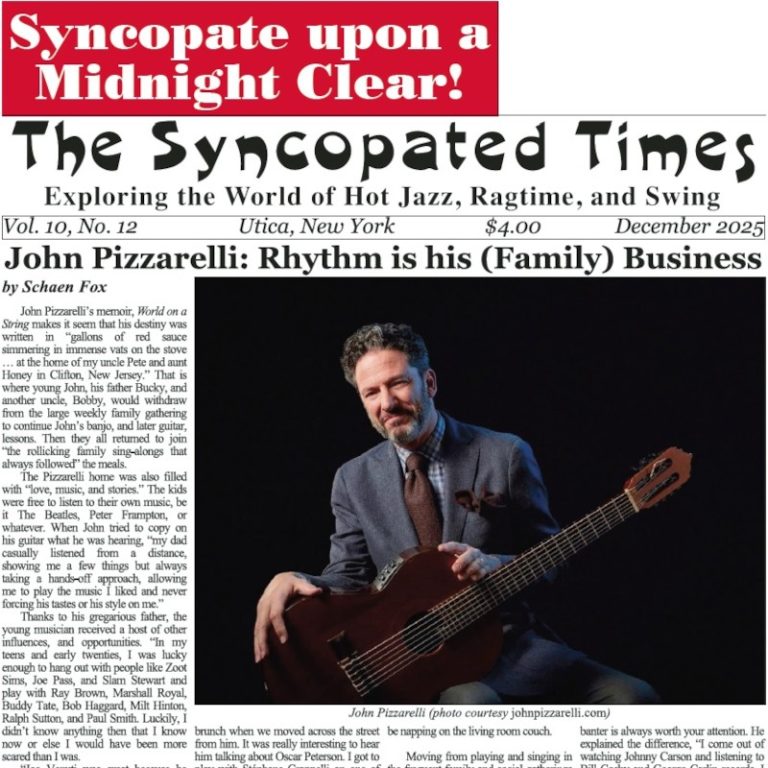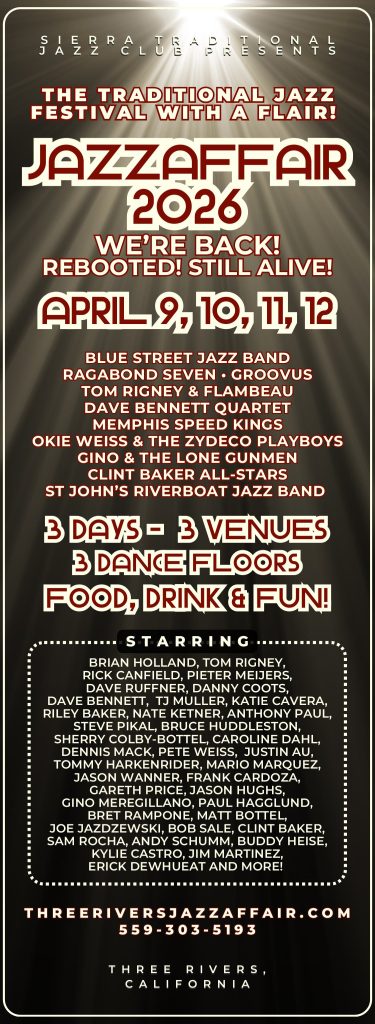Among the Jazz Oracle CDs that are now being made available by the Upbeat Company is Jack Teagarden’s 1930 Studio Sessions. In a parallel universe to the development of jazz in the 1920s, studio orchestras that made a countless number of recordings and were often utilized on radio programs offered a steady income to white musicians who were technically skilled and able to read music flawlessly.
Their brand of arranged dance music was generally not all that stimulating but they did give the better jazz artists short solos now and then. With the rise of the Depression and the disappearance of many jobs, such jazz greats (and future swing bandleaders) as Bunny Berigan, Tommy Dorsey, Jimmy Dorsey, Benny Goodman, Artie Shaw, and Jack Teagarden were among the most in-demand studio musicians, able to ride out the worst years of the Depression while making a lucrative salary playing music that they often disdained.
Teagarden was a special case because he was regularly employed with the Ben Pollack (1928-33) and Paul Whiteman (1934-39) Orchestras. While not a full-time studio musician, the trombonist was offered opportunities to pick up some extra cash.
In 1930, Jack Teagarden recorded with Ben Pollack, Red Nichols, Irving Mills, Gil Rodin, Hoagy Carmichael, and Ted Lewis, and on a date of his own.
1930 Studio Sessions has his other recordings, mostly dates with large orchestras led by e
You've read three articles this month! That makes you one of a rare breed, the true jazz fan!
The Syncopated Times is a monthly publication covering traditional jazz, ragtime and swing. We have the best historic content anywhere, and are the only American publication covering artists and bands currently playing Hot Jazz, Vintage Swing, or Ragtime. Our writers are legends themselves, paid to bring you the best coverage possible. Advertising will never be enough to keep these stories coming, we need your SUBSCRIPTION. Get unlimited access for $30 a year or $50 for two.
Not ready to pay for jazz yet? Register a Free Account for two weeks of unlimited access without nags or pop ups.
Already Registered? Log In
If you shouldn't be seeing this because you already logged in try refreshing the page.




